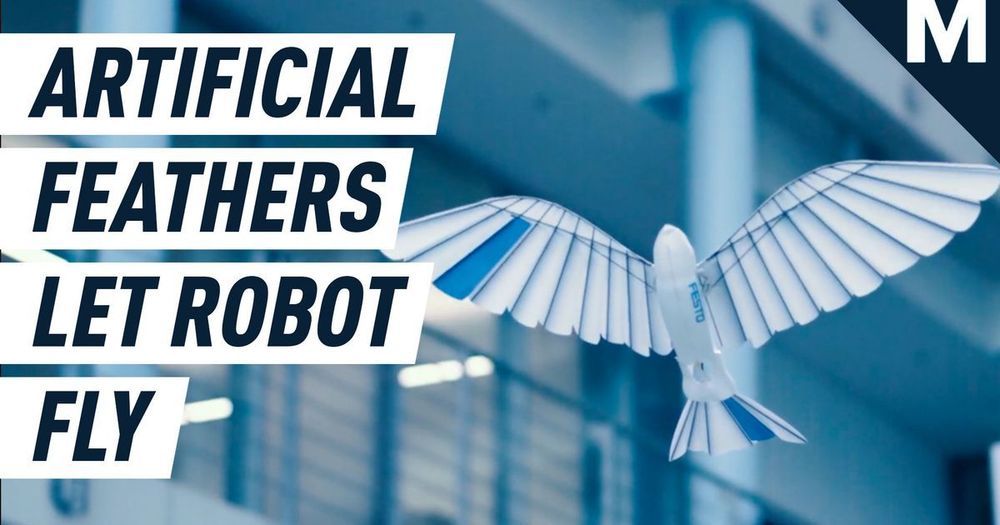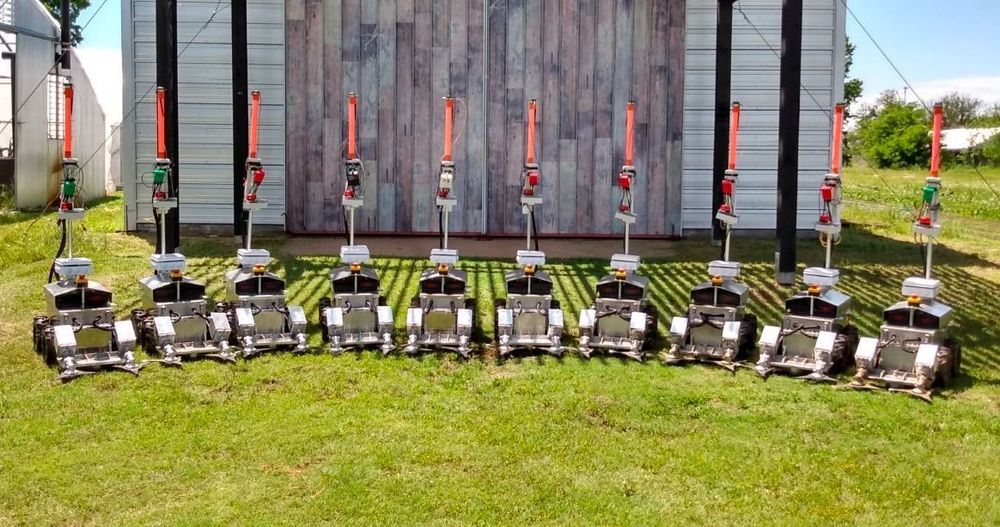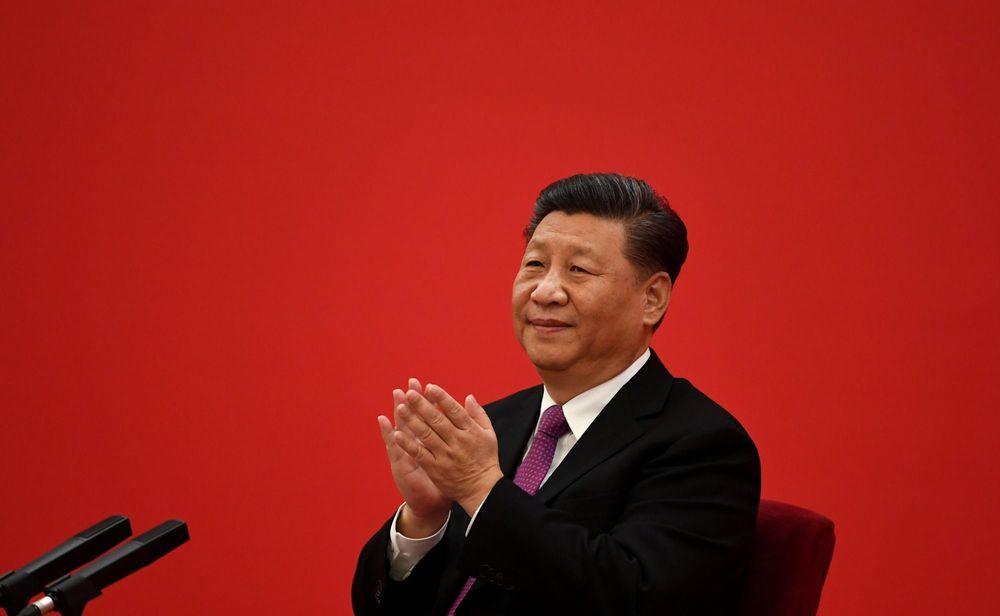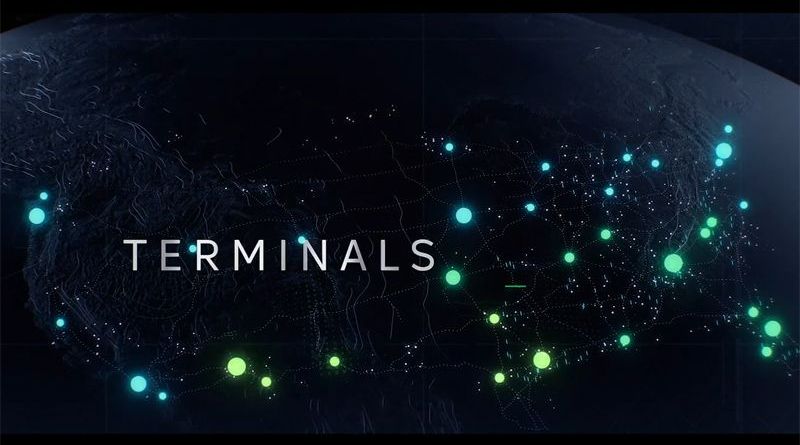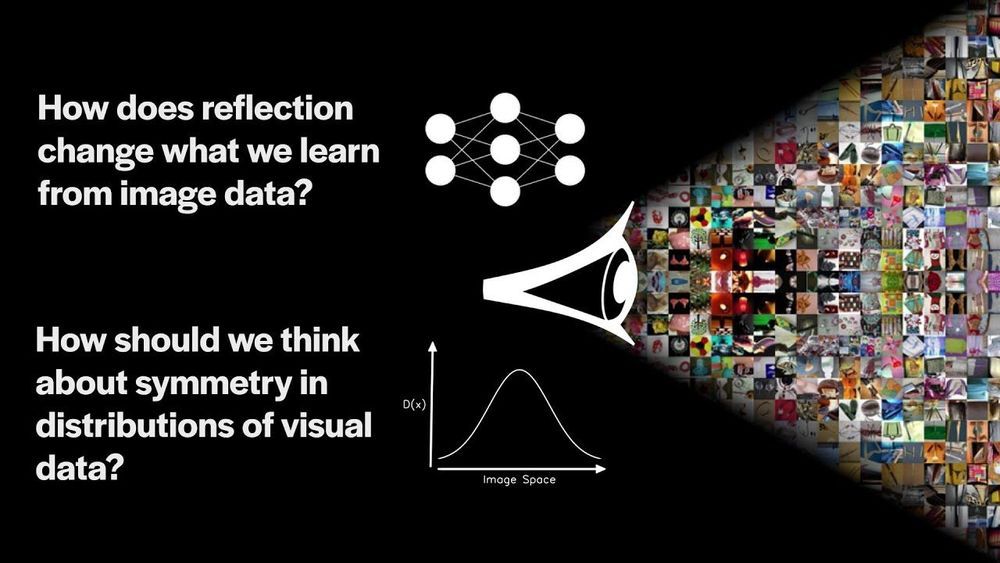Team members at Adobe have built a new way to use artificial intelligence to automatically personalize a blog for different visitors.
This tool was built as part of the Adobe Sneaks program, where employees can create demos to show off new ideas, which are then showcased (virtually, this year) at the Adobe Summit. While the Sneaks start out as demos, Adobe Experience Cloud Senior Director Steve Hammond told me that 60% of Sneaks make it into a live product.
Hyman Chung, a senior product manager for Adobe Experience Cloud, said that this Sneak was designed for content creators and content marketers who are probably seeing more traffic during the coronavirus pandemic (Adobe says that in April, its own blog saw a 30% month-over-month increase), and who may be looking for ways to increase reader engagement while doing less work.




